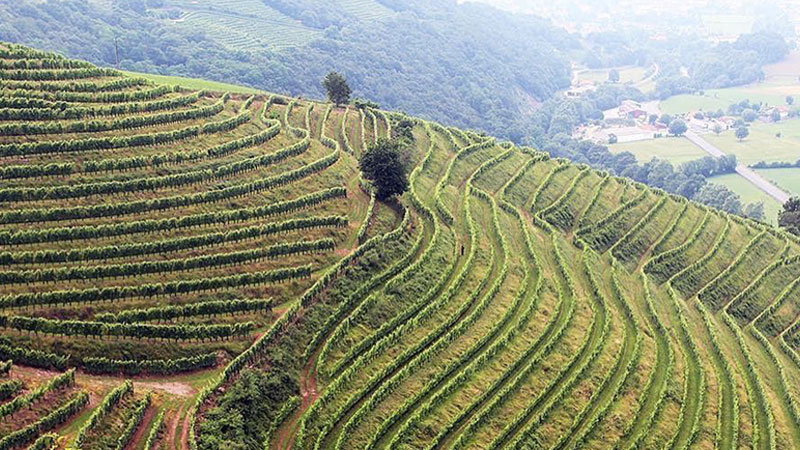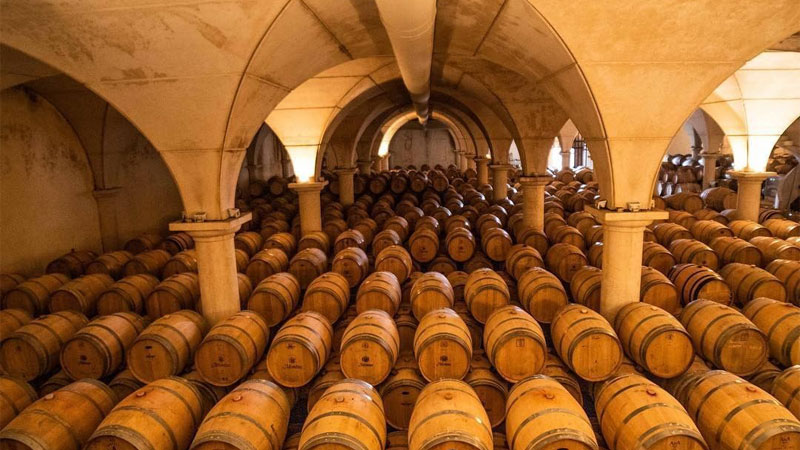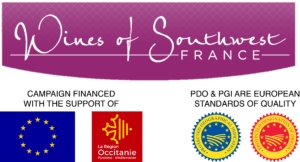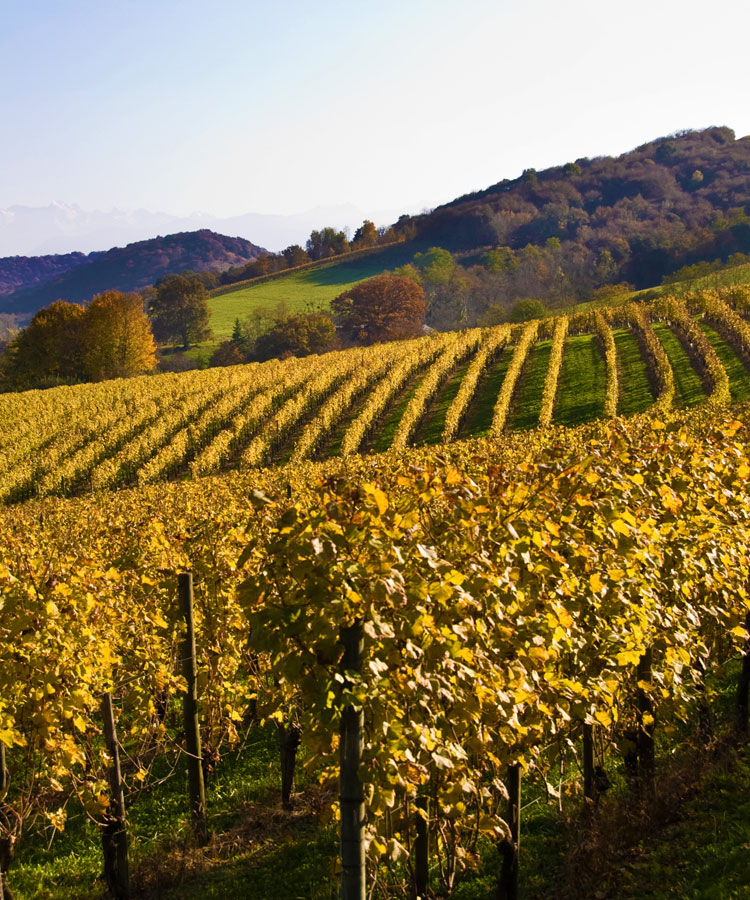
We’re all looking for the next new wine region to discover, but France is so often the last place we look. Haven’t all French wine stones been turned by now? But, no, there in plain sight is Southwest France, a sprawling 112,000-acre swath of the country that is arguably one of the world’s most unexplored wine regions. Not only is it the fourth-largest region in France, it comes with centuries of winemaking tradition and intrigue, as well as incredible diversity in its wines.
Like many wine regions in France, the Southwest, which sits just south of Bordeaux, hugged by the Atlantic and the Pyrenees, is broken up into many smaller subregions, each with its own terroir and personality. The result is a patchwork of winemaking traditions, many of which rely on indigenous grape varieties rarely found elsewhere. Add to this a history that stretches back centuries — here, Romans planted vineyards long before Bordeaux got its act together — and you have one of the world’s most unique wine regions.
Below, eight reasons why the wines of France’s Southwest deserve your drinking attention:
1. The Southwest has over 2,000 years of winemaking history.
As early as the 1st century BCE, today’s Gaillac region, in the center of the Southwest — then part of Roman Gaul, which stretched across much of Western Europe — was a hub of viniculture and the production of amphora, the tall, ancient Roman jars used to make and transport wine. According to French wine historian Roger Dion, the vineyards here may have been among the first in Gaul, planted even before those in Bordeaux.
2. It’s played second fiddle to Bordeaux for far too long.
The Southwest’s relative obscurity has much more to do with a historic grudge than the quality of the wines. In the 14th and 15th centuries, Bordeaux winemakers became envious of their more established neighbors in the Southwest — then called the “High Country” — and sought to stifle their commerce in an effort to boost the reputation of Bordeaux. Somehow, Bordeaux producers managed to enact so-called Police des Vins, a set of codes and business practices that severely limited the High Country’s access to key Bordeaux trading ports. As a result, the Southwest has been playing a game of catch-up for centuries.
3. Boredom’s averted with over 120 indigenous grape varieties.
Overall, the Southwest of France is host to 300 different grape varieties, including 120 that are native to the large area. Among them? The distinctive Petit Manseng grape, which is often left on the vine through December for sweet, late-harvest dessert wines. Also important to the Southwest is the rare, dark-skinned Fer Servadou grape, which boasts a suppleness often used to soften Tannat wines. Other more well-known heavy hitters in the Southwest include Malbec, Tannat, Negrette, and Duras.

4. The Southwest spans from the cool Atlantic coast to the rocky, hot Pyrenees.
Thanks to its widely varied microclimates and soil types, the Southwest has a ton of idiosyncratic growing areas. Influenced by the meteorologic and geologic forces that roll in from the Atlantic Ocean, the Mediterranean Sea, and the European subcontinent, the Southwest is composed of 29 different Protected Designation of Origins (PDOs) and 13 Protected Geographical Indications (PGIs), each with its own rules when it comes to allowed grape varieties and farming practices.
From the Cahors PDO, famous for gravelly soils and warm summers that yield vigorous and rustic Malbec grapes, to the Gascony PGI, with its clay and limestone hills that give superb aromatics to Madiran wine made with local Tannat grapes, there’s something interesting to drink around every corner.
5. Love Malbec? Its origins are in the Southwest.
Believe it or not, Malbec wasn’t born in Argentina. But if you love those rich and deeply flavored wines, you ought to know the grape’s birthplace was in France’s Southwest region. Here, Malbec also goes by the names Auxerrois and Côt. According to DNA research, the Southwest’s native Prunelard Noir grape is Malbec’s genetic father. (Mom is a cultivar named Magdeleine Noire des Charentes, which is also the mother of Merlot.)
Though less spicy and juicy than its Argentinian offspring, black-hued Southwestern Malbec is famous for its inky color and robust tannins, with a rustic flavor unique to the Cahors PDO. Back in the day, wines made with the dark grapes of Cahors were the stuff of royalty and other luminaries: Henry II of England supposedly served them at his 1152 wedding to Eleanor of Aquitaine, and Pope John XXII used them as sacramental wines in Avignon.

6. The region is a gastronomic powerhouse — and has the wines to match.
Famous for hearty, long-stewed dishes and iconic delicacies, the Southwest has produced more than its fair share of France’s most recognizable dishes. With cassoulet, a slow-cooked stew made with silky white beans and fatty pork sausages, pour a glass of Marcillac PDO wine, a light but peppery red made with Fer Servadou grapes. Before tucking into a rich plate of unctuous duck confit, turn to sturdy red blends from Gaillac made with Prunelard Noir and Fer Servadou, which offer notes of dark fruits and smoke.
The region is also known for having the greatest number of products and ingredients with official identification signs of quality and origin, or SIQO, in Europe. Particularly notable is the luscious, lightly salted Jambon de Bayonne, a prized type of cured ham produced exclusively in the Southwest of France. Hams sold under this name have PGI status — Protected Geographical Indication — meaning that they must be produced in the Adour Basin with local pigs and salt. Pair slices of this delicacy with a glass of sparkling Gaillac Méthode Ancétrale from Domaine Barreau, a light, easy-drinking vintage made with white Mauzac grapes.
As for French standbys like foie gras? White blends of Sauvignon Blanc and Gros Manseng from the Côtes de Gascogne PDO offer a dry and fresh counter to the delicacy’s famous fattiness.
7. The Southwest offers exceptional value.
Despite their impressive diversity and legacy, the wines of Southwest France remain some of the best values in the country. Look for wines like Domaine de Guillaman Colombard’s Ugni Blanc from the Gascony PDO. Light and crisp, the wine boasts subtle citrus and green apple notes — and costs less than $10. In the Madiran region (known for its traditional, aromatic wines made from dark and tannic Tannat grapes), bottles of Famille Laplace’s 2014 dry-edged Tannat-Cabernet Franc blend cost less than $20 a pop.
8. It won’t stay a secret for long.
Word is already out that the Southwest is the next big thing in wine. The proof is in the numbers: The U.S. is the region’s biggest export market, buying up an astonishing 3,694,533 bottles in 2018. That figure accounts for a 33 percent growth over four years, and the trend shows no sign of slowing. Even better than buying a bottle of wine from the Southwest? Book a trip there before everyone else does.

This article is sponsored by Wines of Southwest France.
